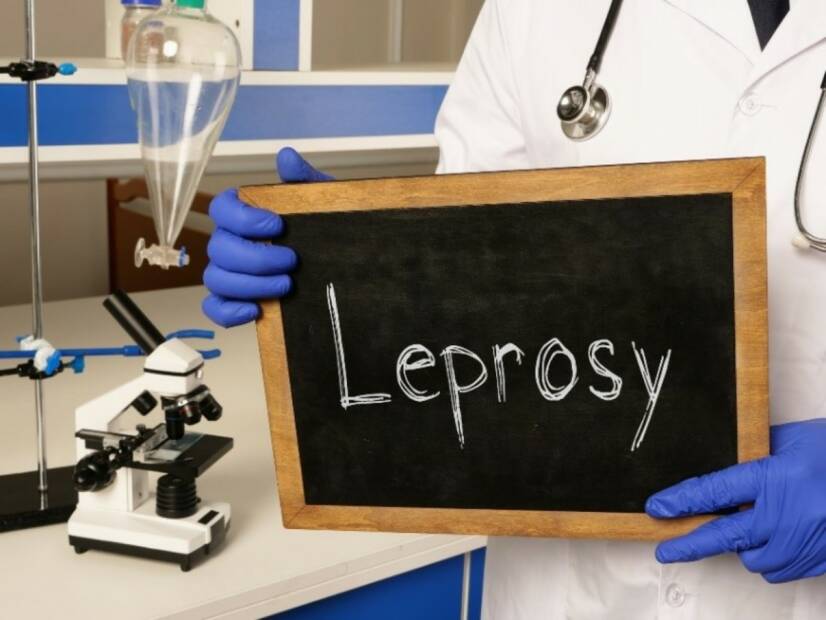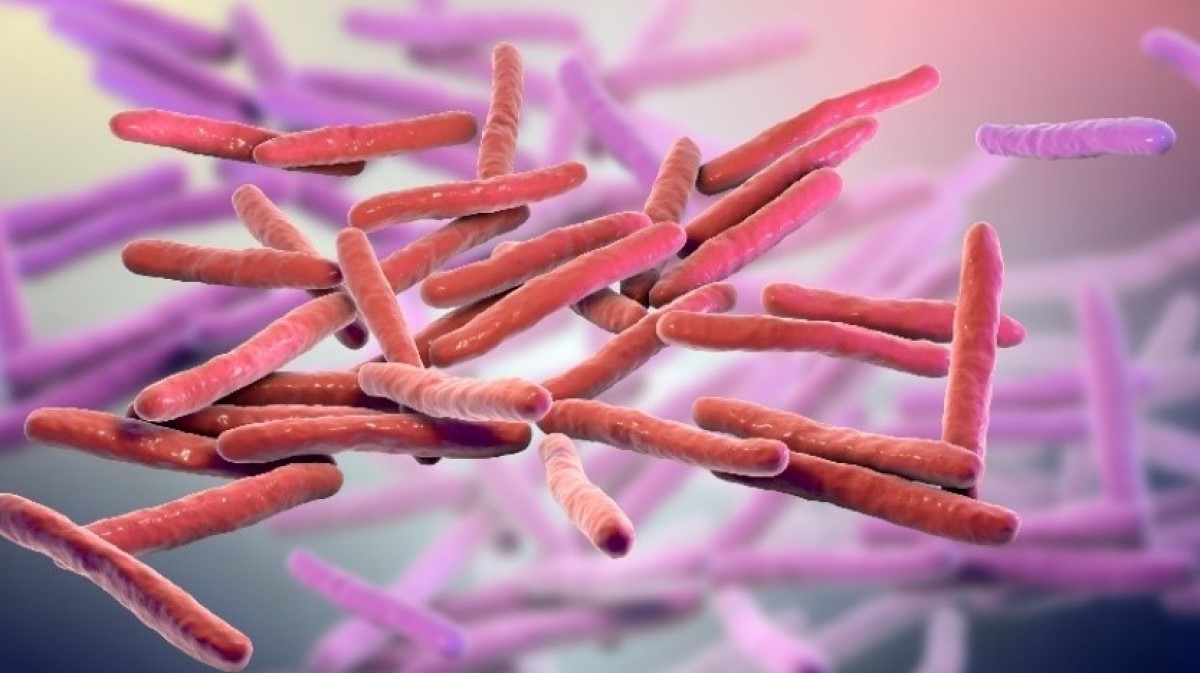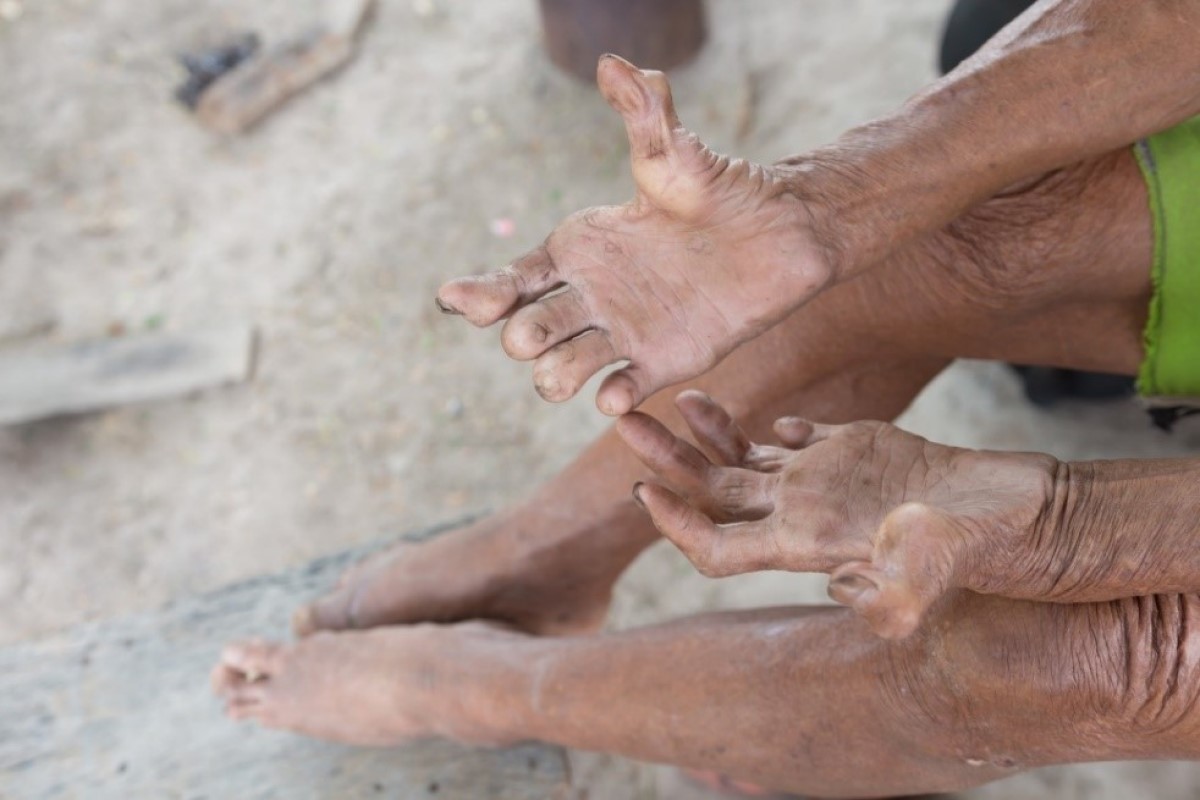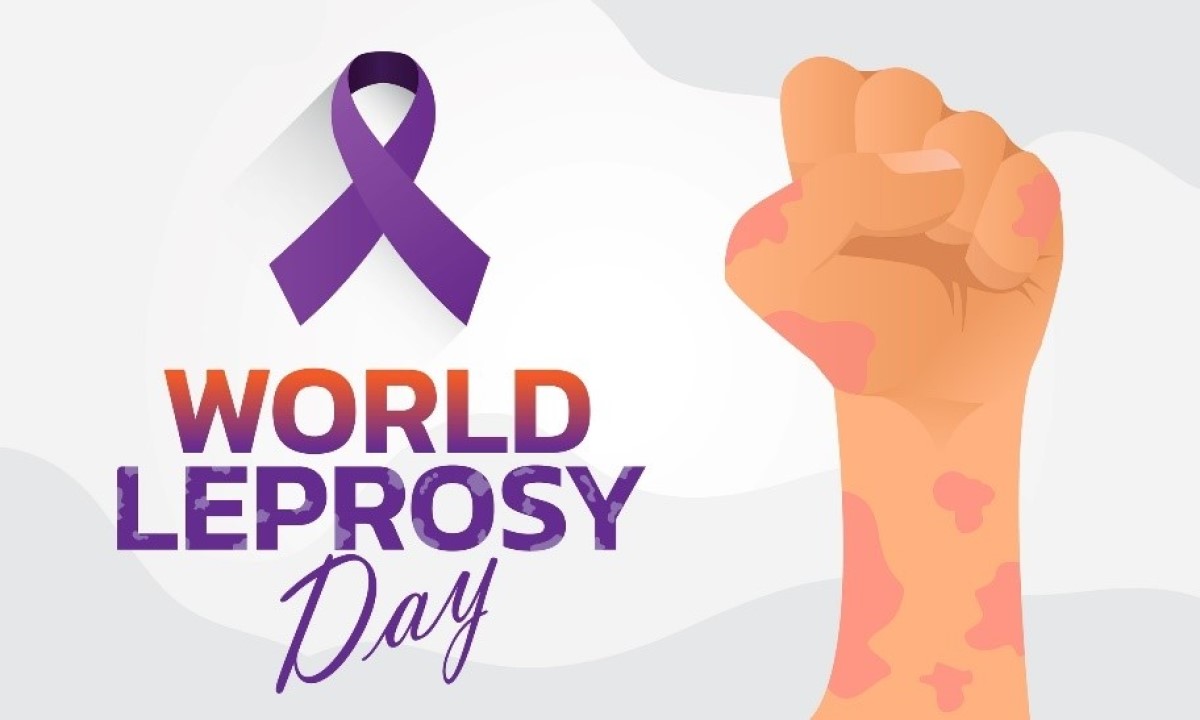- DRNKOVÁ, Barbora. Microbiology, immunology, epidemiology and hygiene. Prague: Sestra (Grada). ISBN 978-80-271-0693-6
- healthline.com - Leprosy. Healthline. Maureen Donohue
- medicalnewstoday.com - What to know about leprosy (Hansen's disease). MedicalNewsToday. Tim Newman
- szu.com - Leprosy (leprosy, Hansen's disease). National Institutes of Health
Leprosy: What is leprosy, how does it occur and what are its symptoms?

Leprosy is a serious infectious disease. It mainly affects the peripheral nerves, limbs, skin and mucous membranes of the upper respiratory tract. How is leprosy transmitted, manifested and treated?
Most common symptoms
- Loss of pubic hair
- Skin pain
- Nerve pain
- Fever
- Ulcer
- Scars
- Rash
- Nosebleeds - Epistaxis
- Bleeding
- Excessive Hair Loss: Causes, Treatment
- Defence
- Tingling
- Erectile dysfunction
- White patches on the skin
- Blindness
- Dry skin
- Muscle weakness
- Fatigue
- Reddened skin
- Deterioration of vision
- Enlarged lymph nodes
Characteristics
Leprosy, otherwise known as leprosy, is a disease that has been around for more than 3,000 years. It is an infectious bacterial disease affecting the peripheral nerves, skin and mucous membranes of humans.
Left untreated, leprosy causes serious health problems and body deformities.
You often ask:
What is leprosy and how does it occur?
What are the symptoms?
Symptoms, etiology of leprosy, transmission, treatment options and many other interesting information about leprosy can be found in the article.
What is leprosy?
Leprosy is also known professionally as Hansen's disease. It was discovered in 1869 by the Norwegian biologist, zoologist and physician Gerhard Armauer Hansen, who described the bacterium in the skin tissue of an infected individual.
The disease occurs mainly in southern latitudes - Latin America, Africa and South-East Asia. In European countries, leprosy reached its worst intensity in the 12th-15th centuries as a result of the Crusades, after which leprosy cases declined significantly.
From the Middle Ages until modern times, leprosaria was a special facility for the isolation and care of infected individuals.
Today, leprosy poses a particular threat to populations in developing countries and the world's poorest countries with poor health services.
Causes
The etiology of the disease is...
Leprosy is a bacterial infectious disease caused by a bacterium called Mycobacterium leprae or Mycobacterium lepromatosis.
The incubation period of the disease is quite long, and can last from months to years.
The bacteria causing leprosy multiply slowly. The time between the initial infection and the appearance of the first symptoms can be up to five years.
The disease itself is not highly contagious. Very close contact with an infected individual and low immunity of the organism itself are necessary for transmission. In particular, mucous secretions of an infected person (sneezing, coughing, open wounds, etc.) are a prerequisite for the spread of the disease.
Transmission is mainly by droplets and airborne.
It can also be contracted through an open wound when touching an infected or infected animal. Mother-to-child transmission via breast milk is a risk and therefore breastfeeding is prohibited for mothers with leprosy.
The disease is not highly contagious and the risk of infection from normal contact is low.
Individuals with weakened immune systems are at risk.
Mycobacterium leprae multiplies inside the cells of the infected organism.
The typical manifestations of leprosy are skin lesions, spots and swellings. The disease most commonly affects the face, the mucous membranes of the upper respiratory tract, muscles, joints and peripheral nerves of the extremities. The exact symptoms and manifestations depend on the exact form and stage of leprosy.
Types and forms of leprosy
The WHO (World Health Organization) classifies leprosy based on the type of disease and the number of skin areas affected. The first category is the paucibacillary (tuberculous) form, where up to 5 areas are affected without the presence of bacteria in the skin.
The second category is the multibacillary (lepromatous) form. It is characterised by the involvement of at least 5 areas and the bacterium is detected in the skin tissue of the individual.
Tuberculous form of leprosy
In this form, the body's own immune system prevents the multiplication of the bacteria. The mycobacteria are enclosed in the affected nerve and do not spread to the surrounding area. This is a non-infectious form of leprosy. In most cases, after treatment, the patient recovers and improves their health.
The main manifestation of tuberculous leprosy is dry skin with the formation of skin patches coloured white to red (purple).
The spots and patches may visually merge into so-called 'maps'. The surface of these skin lesions may be smooth or raised (papillomatous).
In the areas of affected nerves, reddened, swollen, less sensitive to touch areas may be palpated. Nerve death and deterioration of muscle function occur, which gradually weaken and atrophy.
If left untreated, deep ulcers develop, with the possibility of open wounds and the need for amputation (most often involving the links of the fingers and toes).
Lepromatous form of leprosy
It is characterised by the multiplication of bacteria both in the nervous tissue and in the surrounding area. The lepromatous type is an infectious form of leprosy. It has a more severe course because it tends to affect people with weakened immune systems.
Most healthy individuals have a sufficient level of immune protection. Thus, no more than 5% of people will become ill from contact with leprosy mycobacteria.
The main manifestation is the appearance of nodules and brownish-purple skin patches all over the body. Symmetrical skin nodules called lepromas appear in individuals. The nodules are red, yellow or brownish-purple in colour. Lepromas can be absorbed or turn into mycobacteria-filled ulcers.
As with the previous form, peripheral nerves are damaged and motor and sensory function of muscles is impaired.
The typical manifestation is facial disability, which is deformed by the formation of ulcers and scars. The nose becomes sunken, the eyebrows and hair fall out, the blink reflex is obliterated and the eye dries out with the risk of blindness.
The nasal mucosa is also affected and nosebleeds occur.
In the later stages of untreated leprosy, bone and internal organ failure occurs. The disease multiplies throughout the body - lymph nodes, bone marrow, kidneys, internal systems and more.
The untreated form can be fatal.
Borderline form of leprosy
This is a type of disease that individually shows a combination of symptoms of both the tuberculous and lepromatous forms. However, similar to both forms, there is damage to peripheral nerves, muscles and the formation of typical ulcers.

Symptoms
The specific symptoms and course of the disease depend mainly on the type of form of leprosy.
The main characteristic manifestation of the tuberculoid non-infectious form is dry skin, the formation of visible skin-coloured spots and the appearance of ulcers in the area of peripheral nerve involvement.
The prolepromatoid infectious form is characterised by the formation of skin nodules and brownish-purple spots. The facial area, nasal mucosa, ulcers and scars are affected.
In the last stage, it also attacks the bones and internal organs.
The first symptom of leprosy is numbness in the peripheral parts of the body - toes or feet.
Other relatively early symptoms are the formation of white patches on the skin and swelling of peripheral nerves. As a result of damage to nerves and innervation, these skin patches are later experienced as numb by the infected individual.
Possible manifestations and symptoms of leprosy:
- Formation of red and white patches on the skin.
- Formation of brownish-purple skin patches
- Dry skin
- Joining of skin patches into a "map"
- Formation of skin nodules
- Formation of ulcers and scars
- Numbness of peripheral parts of the body
- Numbness of the affected area
- Weakening and atrophy of muscles
- Deformity of the affected area
- Mucous membrane disorder and nosebleeds
- Nasal droop and facial deformity
- Deformation of the earlobes
- Laryngitis
- Hair and eyebrow loss
- Weakening of the blink reflex and dryness of the eyes
- Vision problems to blindness
- Erectile dysfunction
- Infertility
- Kidney and adrenal function disorders
- Internal organ and bone disorders

Diagnostics
Due to the current rarity of leprosy in developed countries, the family and travel history of the patient is mainly investigated.
Leprosy is proven by histological examination of skin biopsies (skin biopsy, skin smear). The presence of Mycobacterium leprae or Mycobacterium lepromatosis in the patient's skin tissue is detected.
The presence of mycobacteria can also be detected in nasal secretions and nasal mucosal swabs.
Secretions and swabs are stained in the laboratory using a special Ziehl-Neelsen bacteriological method. The presence and quantity of leprosy bacteria (pathogen) is then determined by the score.
Another diagnostic procedure is the lepromin test, which is used to distinguish and identify a specific form of leprosy. The test consists of injecting lepromin into the patient's subcutaneous tissue. After a few days, the doctor examines the body's reaction to the injected substance.
A physiological value with absence of reaction is assessed in an individual with lepromatous form and also in a healthy individual. On the contrary, in tuberculous form, the resulting pathological values are present.
Leprosy prevalence and prevention in the world
There is no prevention as such against infection with the bacteria that causes leprosy. However, the risk of transmission can be reduced to an absolute minimum by a number of factors and measures.
The main key to preventing transmission is to avoid travelling to countries with a higher incidence of leprosy (Africa, South-East Asia, Nepal, Tanzania...). However, the risk of infection is low even when travelling to these countries. To transmit the bacterium, the immune system is too weak and immunodeficient (lack of immunity).
Endemically, leprosy occurs in specific less developed countries in the Americas, Asia and Africa.
In Europe, the disease is rare and sporadic.
Worldwide, 127 558 cases of leprosy were diagnosed in 2020.
Since 1954, the last Sunday in January has been commemorated as World Leprosy Control and Prevention Day. This day creates an opportunity to raise awareness of the prevalence of this infectious disease and the importance of early diagnosis.

How it is treated: Leprosy - Leprosy
Treatment: How is leprosy treated? Medication, antibiotics. Do we have a vaccine?
Show moreWhat is leprosy and how does it manifest itself?
Lepru is treated by
Other names
Interesting resources










